How to grow spinach – indoors or outdoors for healthy leaves
Find out how to grow spinach in containers or in the garden to have a year round supply of these delicious and healthy leaves
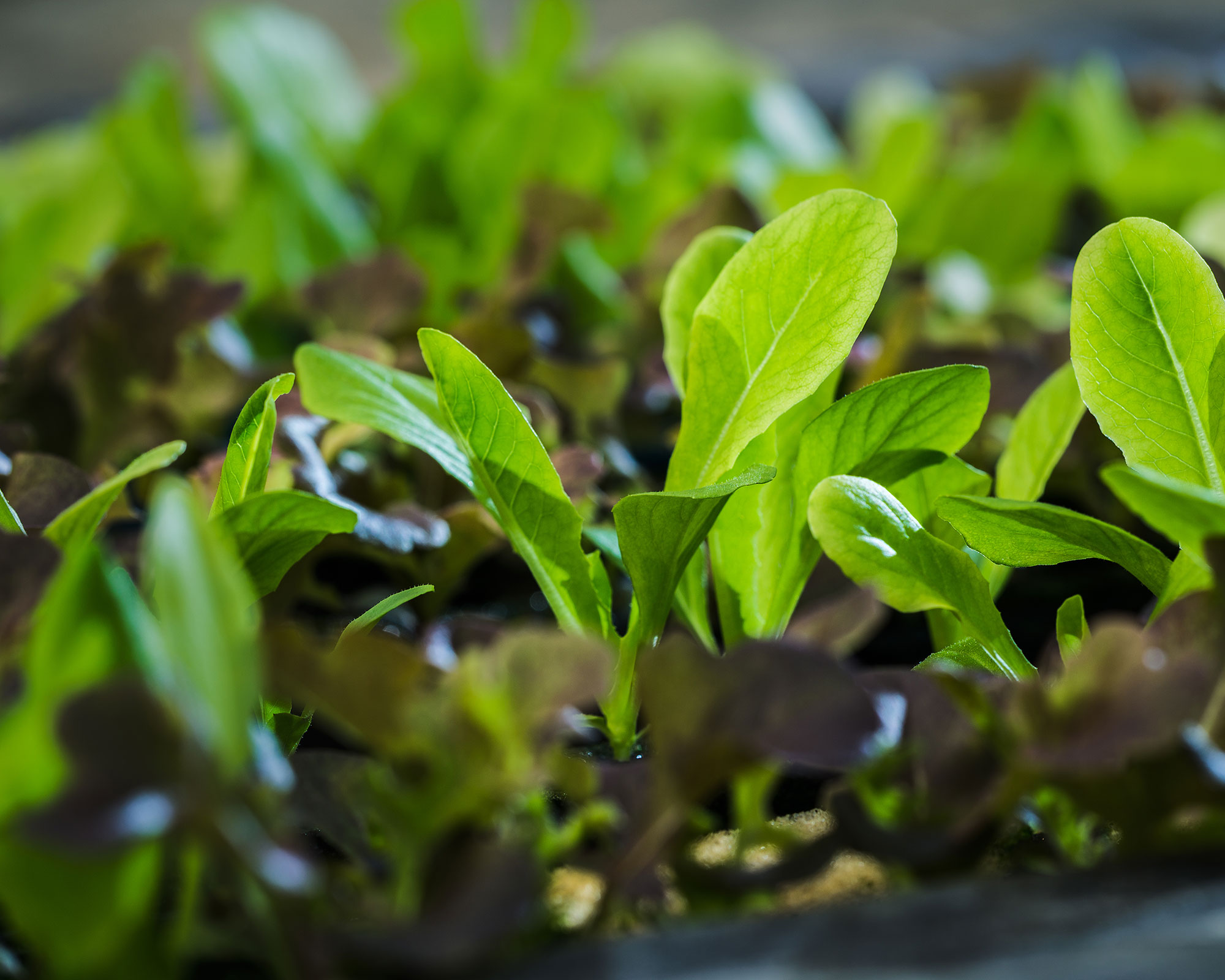

It is easy to learn how to grow spinach and the tasty homegrown leaves are packed with nutrients, such as vitamins A, C, iron and calcium and 13 compounds that function as antioxidants and cancer fighting agents – making it an excellent choice to add to your vegetable garden ideas.
Quick and easy to grow, you could be enjoying spinach leaves within six to eight weeks of planting. With many different varieties to choose from, if you plan carefully, and sow different types successionally, you could enjoy the green nutritious leaves year round.
An ideal crop for vegetable garden container ideas, spinach can be grown as cut-and-come-again baby leaves to enjoy in salads or sandwiches, or leave the leaves to grow larger and mature to use in cooking, such as to add to pasta dishes or use as a side vegetable. It is a productive and highly versatile crop, making growing spinach a popular choice for small vegetable garden ideas, where every inch of space needs to be used to the best advantage.
How to grow spinach
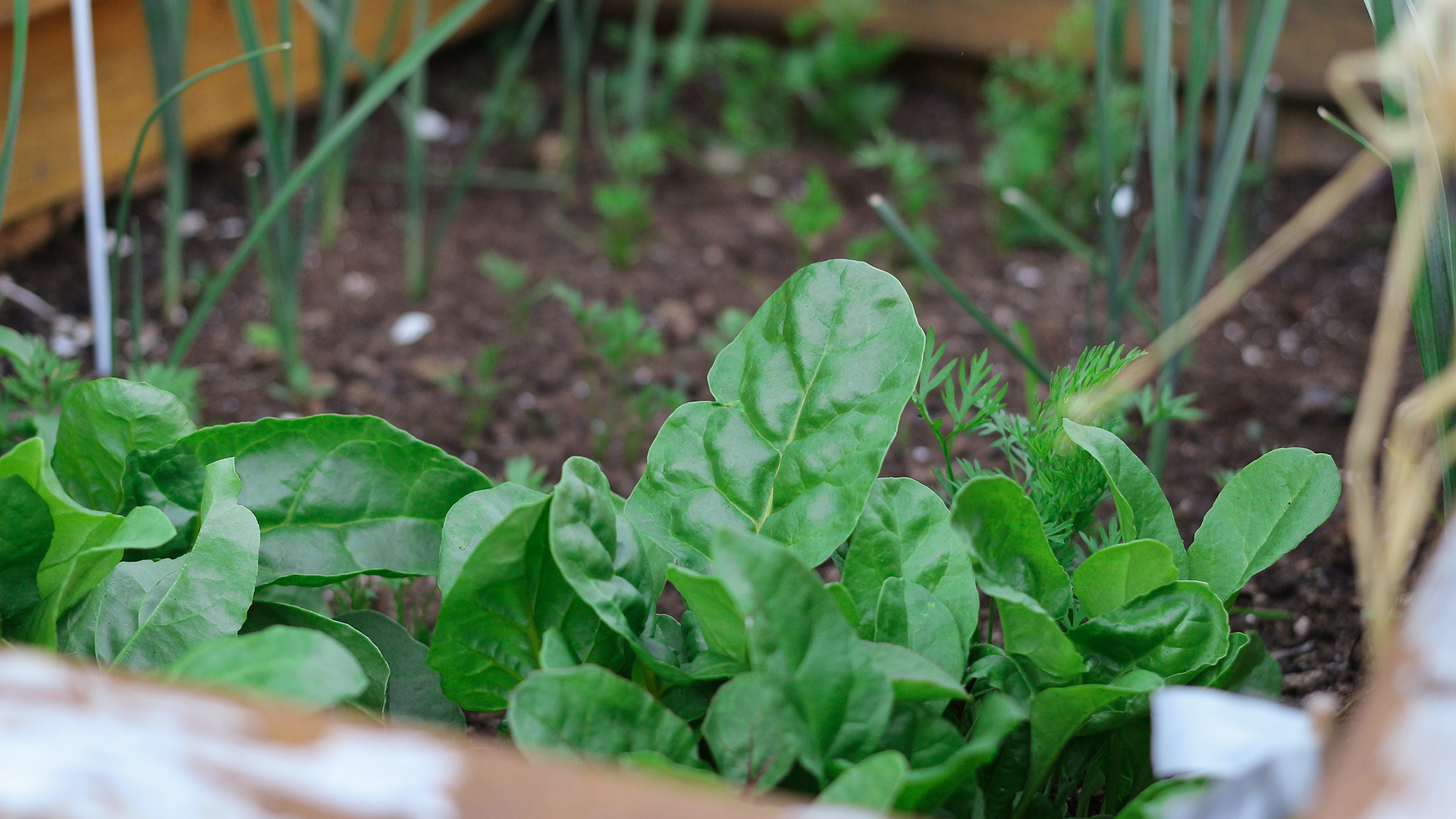
There are a number of options for how to grow spinach. You could grow it indoors or outdoors, in pots on a terrace or courtyard along with other salad leaves such as lettuce, among other crops as part of your kitchen garden ideas, or in raised garden beds.
'Select from one of three types of spinach. The curly leafed savoy, flat leafed or the slightly curly semi-savoy. The flat leafed types generally have the mildest flavor and their smallest leaves are sold as baby spinach,' explains gardening expert Melinda Myers.
When is the best month to plant spinach?
The best month for growing spinach will depend to a certain extent on the hardiness zone where you live. However, you want to be growing spinach during the cool weather of spring and fall, as it is a cool weather crop.
Summer spinach cultivars: Plant summer varieties of spinach every few weeks from early until late spring.
Design expertise in your inbox – from inspiring decorating ideas and beautiful celebrity homes to practical gardening advice and shopping round-ups.
Winter spinach cultivars: Sow hardy winter cultivars from mid summer to early fall.
The experts at Bonnie Plants provide the following advice for growing spinach twice a year: plant it about four to six weeks before the last frost in the spring, and again six to eight weeks before the first frost in the fall.
By sowing spinach seeds every three to four weeks as part of your planning of when to plant vegetables, you can enjoy a constant supply through the growing season.
How to grow spinach from seed
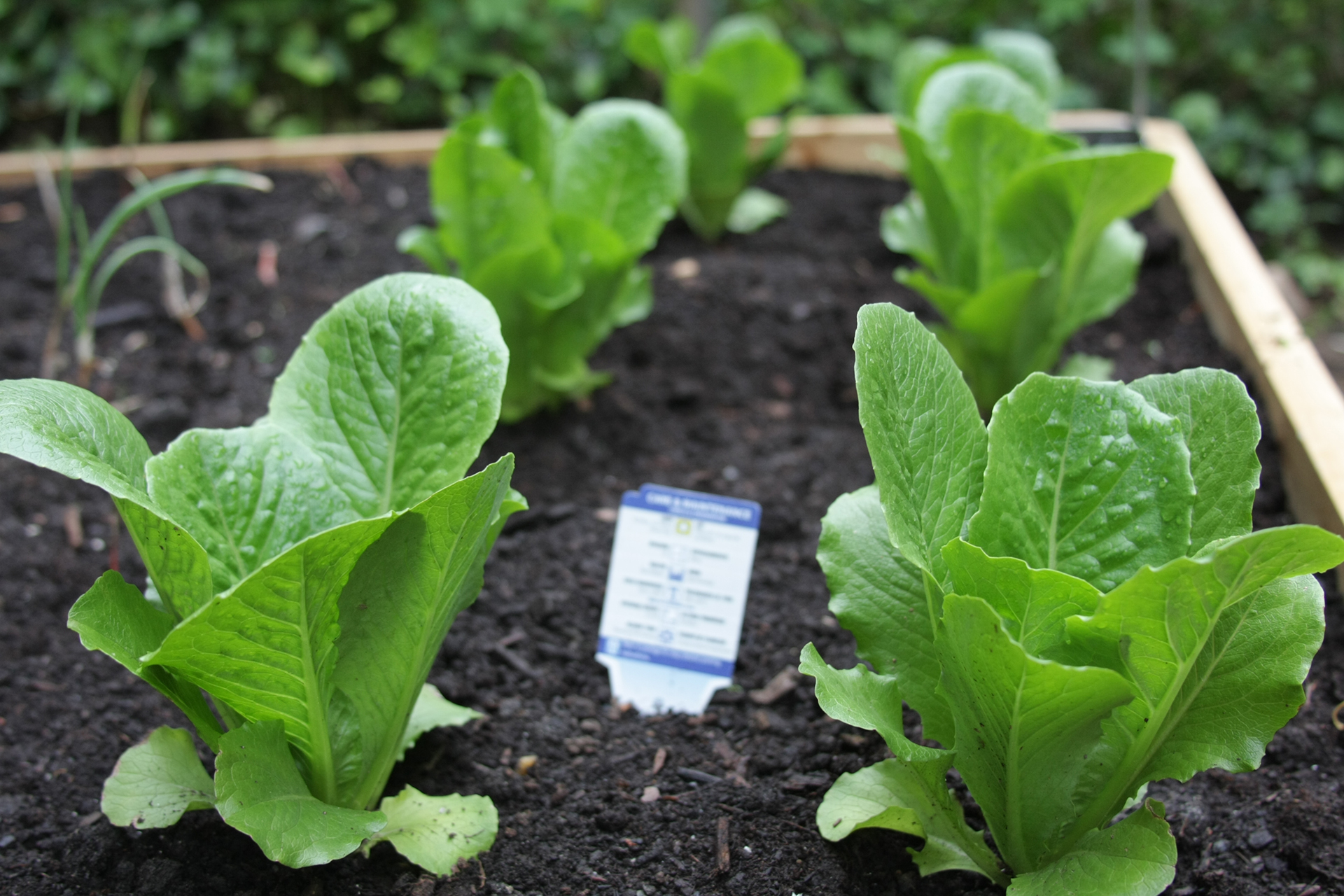
First decide on where you want to grow your spinach crops, as some of the smaller varieties are particularly well suited to containers, for instance.
For success in growing spinach, before sowing the seeds enrich the soil, such as by digging in homemade garden compost and a general fertilizer. This will both help the spinach to grow well, and also prevent the leaves tasting bitter.
'There is no such thing as putting too much compost in garden soil. Mix at least 2-4 inches of compost in the row before planting,' advises Simon Crawford, breeder at Burpee Europe.
'The key to success begins with getting the plants off to a good start. Plant the right varieties in a rich, organic soil. Supply lots of moisture, and don't be shy about fertilizing. Vigorous spinach is tasty spinach,' adds Simon.
Follow these steps for how to grow spinach from seed:
- Grow spinach in moist but well-drained soil or compost.
- Winter spinach cultivars need a sunny position; summer spinach varieties are better in partial shade so are among the easiest vegetables to grow in shade
- Sow seeds thinly in a shallow drill – about 1inch deep.
- If sowing more than one row then space each row about 14 inches apart.
- Cover seeds lightly with soil.
- After the seeds germinate thin them to 3-5 inches apart. 'Thinning is very important and you must be ruthless,' says Simon Crawford.
- Fertilize plants regularly with a water-soluble plant food.
- Sow seeds every three to four weeks for a regular supply through the growing season.
- Keep spinach crops well watered – watering at the base of the plant.
‘Spinach can be cut again and again and last for months and months. I sow seeds deliberately quite thickly as a cut and come again salad crop. It’s important to keep them well watered and that way you will get delicious growth,' advises Monty Don in a video for Gardeners' World.
Growing spinach in raised beds and containers
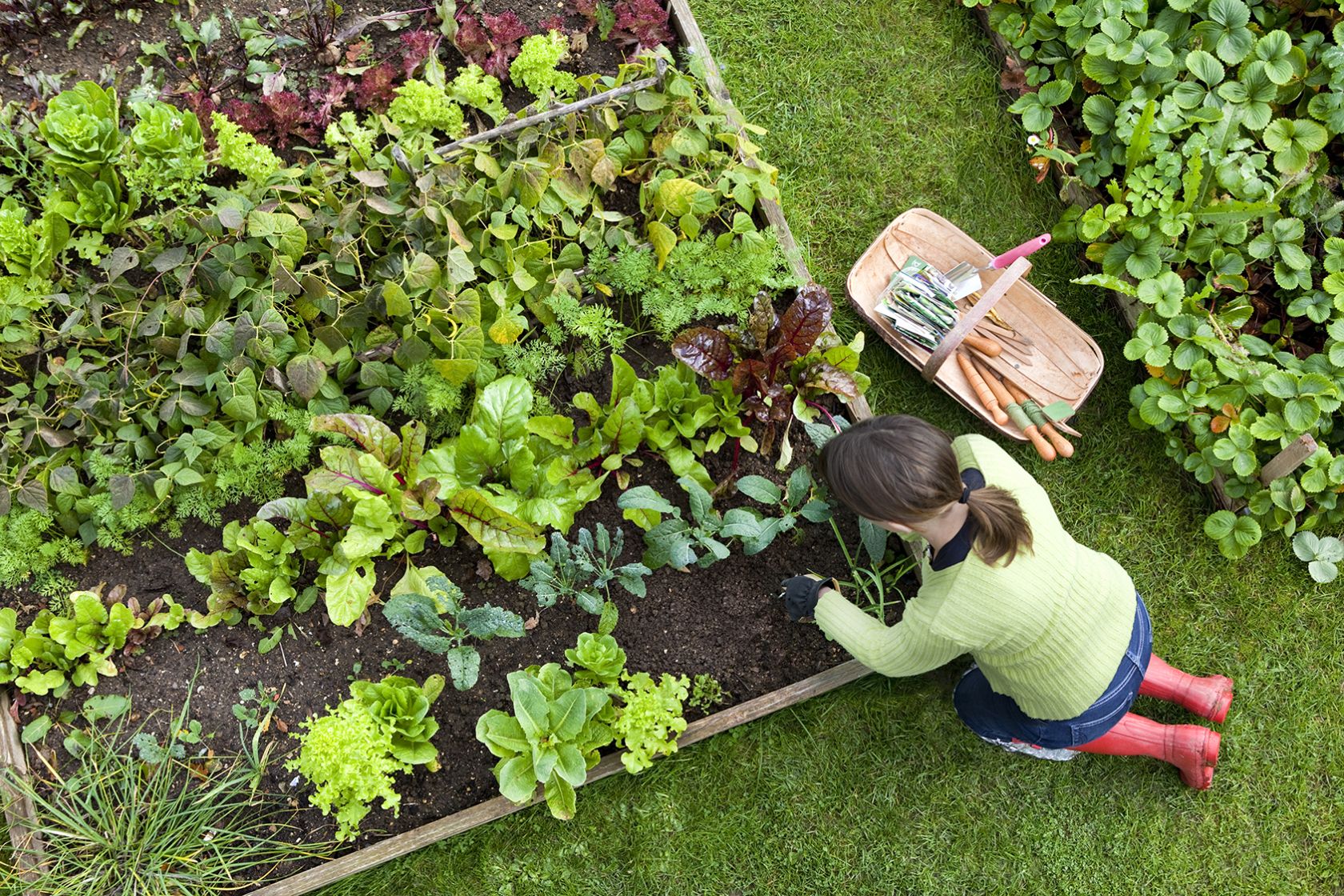
Choosing raised beds for growing spinach can get round the problem of your garden having poor soil or the wrong soil type for crops to grow successfully – as spinach prefers a neutral to alkaline soil.
Raised beds offer good drainage and are also easily manageable as a low maintenance garden border idea. You can fill them with rich, organic soil, working in 2-4 inches of compost prior to planting spinach seeds.
As above, sow spinach seeds in a shallow drill about 1 inch deep, each row about 14 inches apart. When seedlings are large enough to handle, thin them out to about 3 inches apart. Water and fertilize the plants regularly.
To grow spinach in pots, choose a wide pot or trough so that you can space out the spinach plants, and one that is about 6-8 inches deep. Spinach works well growing in pots alongside herb planter ideas.
- Use quality potting mix rich in organic matter.
- Well-draining soil is important for spinach to grow well in pots.
- Sow seeds 1/2 inch deep in containers.
- Seedlings should germinate in five to 14 days depending on the variety and growing conditions.
- Space each spinach plant at least 3 inches apart - or slightly further apart if you want to harvest larger leaves.
- Keep the pot in a sunny spot when growing spinach in the fall.
- When growing spinach in spring and summer keep the containers in semi shade.
- Do not let the spinach plants sit in wet soil – keep the soil moist but not wet – so make sure the pot has good drainage.
- Fertilize the soil regularly.
'One of the great advantages of container growing is that it is easy to extend the growing season. Many plants will benefit from the additional warmth found close to the house,' says Aaron Bertelsen, gardener and cook at Great Dixter and author of Grow Fruit & Vegetables in Pots: Planting advice and recipes from Great Dixter.
How to grow spinach indoors
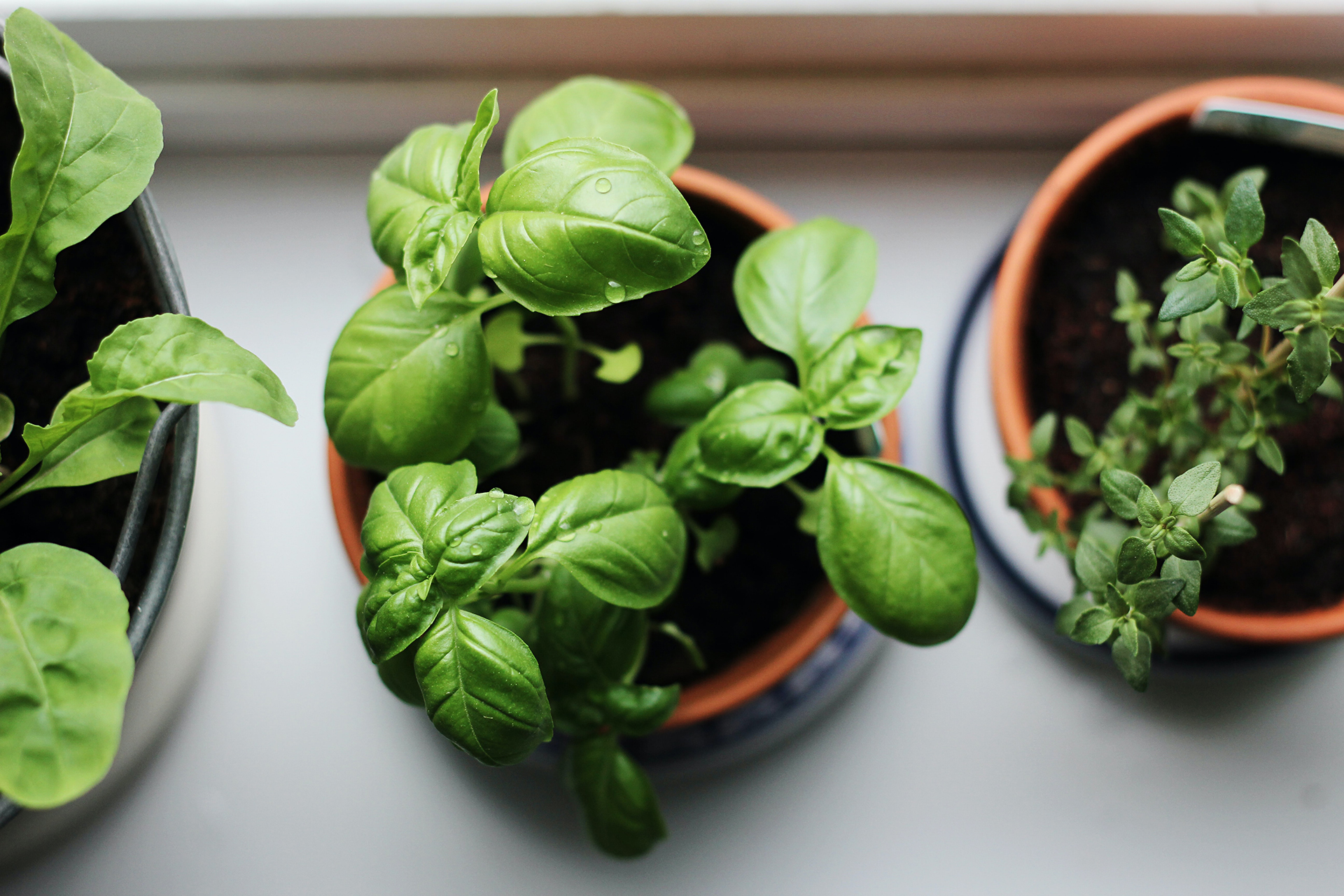
It is easy to grow spinach indoors on a windowsill. If you are growing herbs indoors then place your spinach crops by these so you can tend to them all at the same time.
If planting in fall, place the pots on a sunnier windowsill as there are fewer hours of sunlight. Do not allow the plants to get too cold or too hot – so do not place directly above a radiator, for instance.
If planting spinach in spring, then position the pot where it will get some shade.
Sow spinach seeds in a pot at least 6 inches deep, and plant seeds at a depth of 1/2 inch, with each plant spaced about 3 inches apart. Keep the spinach plants well watered, although do not allow the soil to get waterlogged.
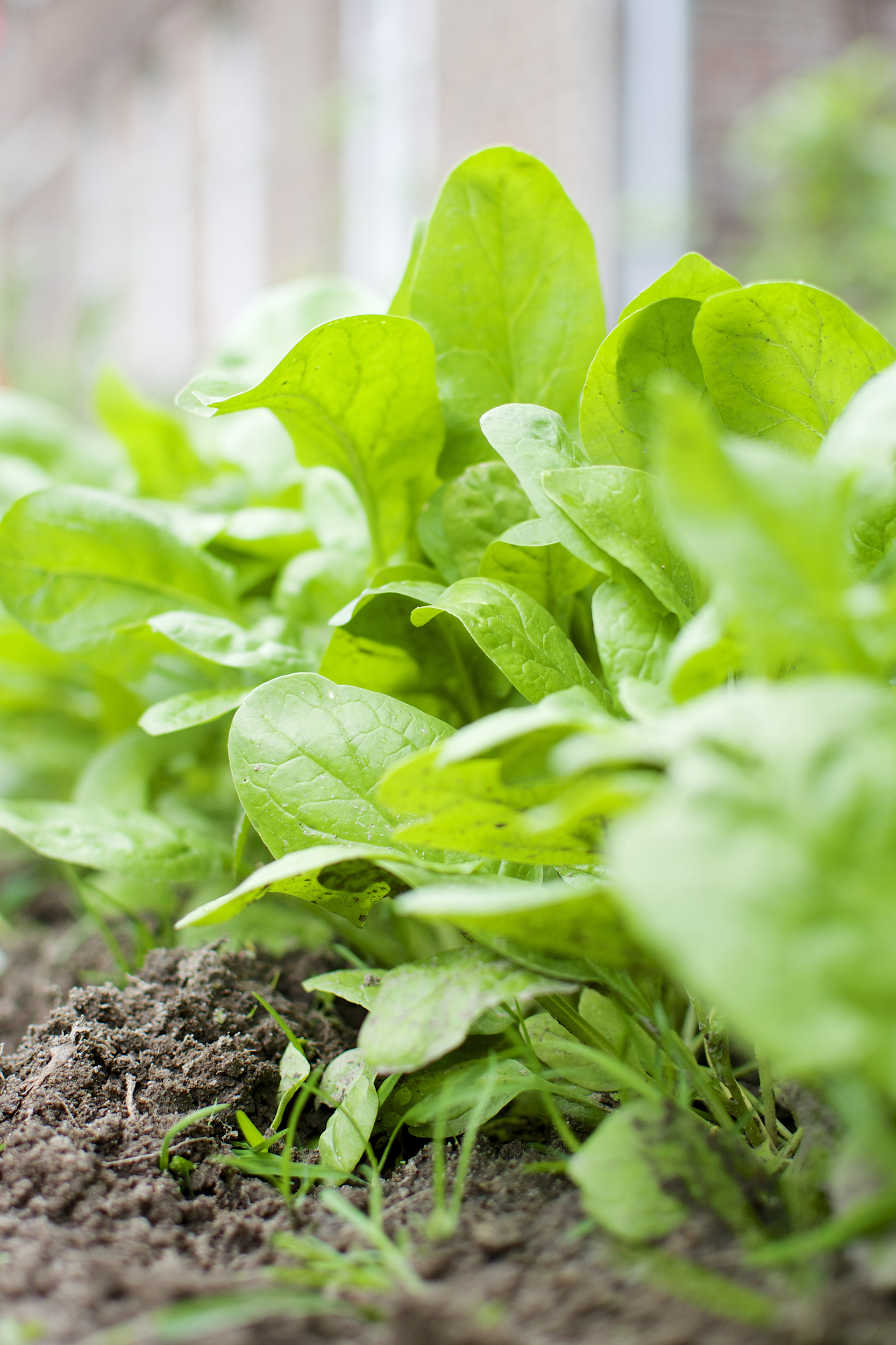
How often should you water spinach?
You should water and fertilize spinach plants regularly, but try to avoid getting the leaves wet. The is to keep the soil moist but not soggy. Regular watering is especially important in periods of warm weather to prevent the plants from 'bolting' or producing flowers – if they do so the leaves will taste bitter.
Other ways to care for spinach include:
Protect spinach seedlings sown in the fall from the cold by covering with fleece or a cloche.
Shade spinach crops in hot weather to stop the soil drying out and the spinach plants bolting. You can do this through companion planting them next to pole – or runner – beans which as they grow will provide shade to protect the tender spinach plants from the heat of the sun.
Protect young spinach seedlings from slugs, snails and birds.
Harvesting spinach
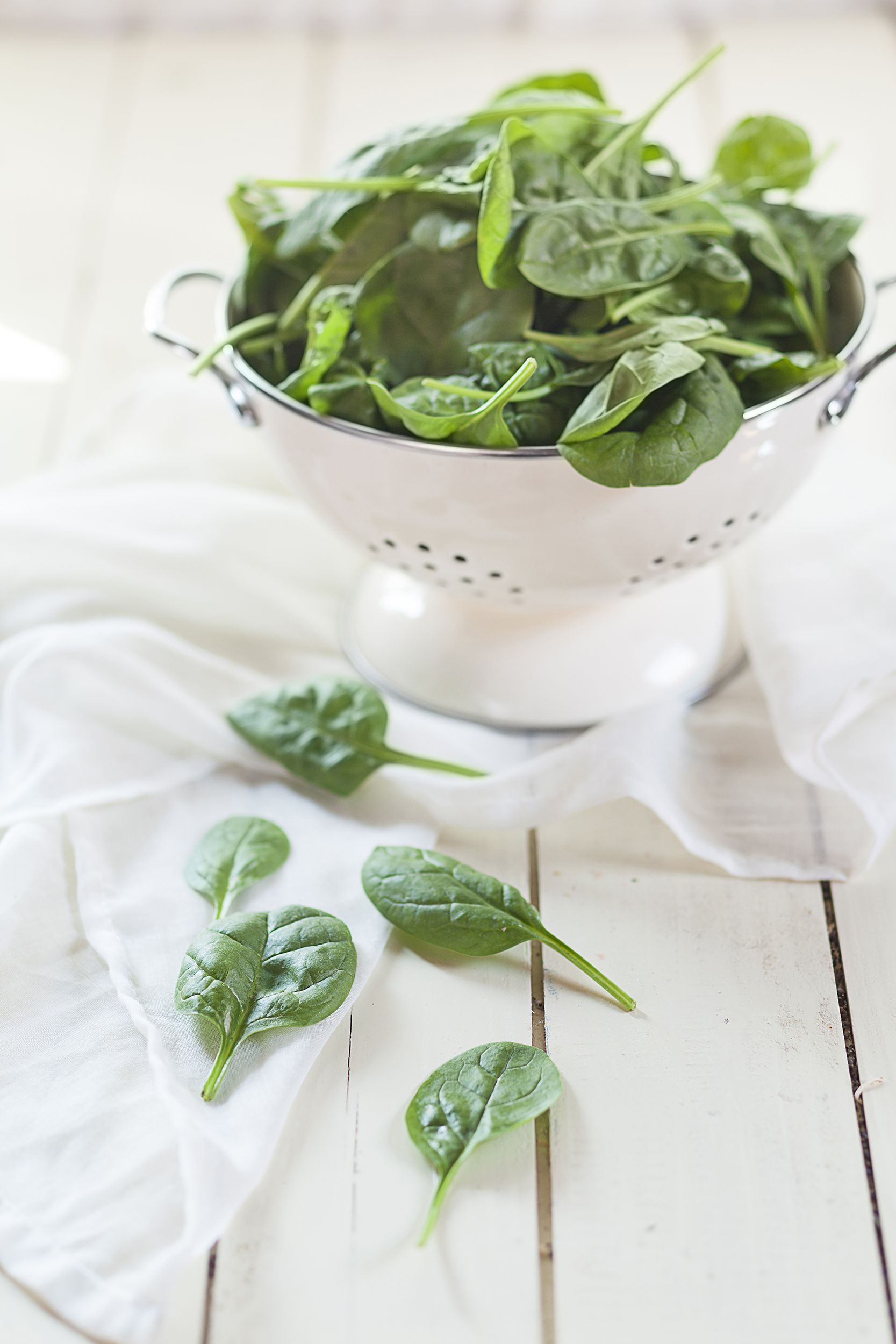
You can harvest spinach between 6 to 10 weeks after sowing. If you sow spinach successionally in spring and fall, you can have spinach to harvest throughout the year.
Summer spinach cultivars – you can generally pick summer varieties of spinach from May to October, depending on the climate in the area where you live.
Winter spinach cultivars – these can be harvested between October and April.
'Harvest a few leaves at a time from each plant. This will allow the plants to continue producing all season,' advises Simon Crawford.
This makes spinach a great crop to grow when gardening with children as they can continue to enjoy the fruits of their labors. This is the same as for other cut-and-come-again salad leaves, or if you're growing basil, or other leafy herbs.
Others gardening experts advise to harvest every alternate plant for use in the kitchen, giving the rest more room to grow.
Keep an eye on spinach crops as the plants usually grow quicker in warmer weather.
There are options for how to pick the leaves for a later harvest, much in the same way as when harvesting swiss chard. 'You can cut individual outer leaves when the plants are 3 inches tall and allow the inner leaves to continue to grow for later harvests. Or cut the whole head when the plant is 6 inches tall and wait several weeks for regrowth and a second harvest,' advises Melinda Myers,
Baby spinach leaves are great for use in salads, whereas mature leaves can be wilted into soups, stews, pasta or risotto dishes, to name but a few.
Leaves are ideally used directly after harvesting for the best flavor, and any extras can be stored in the fridge for up to 14 days.
Is spinach easy to grow?
If you've ever wondered if spinach is easy to grow, the simple answer is, yes. Like beets, it is a cool weather crop and requires minimal fuss.
It can be grown all year round if you choose the right spinach varieties and works well in containers, too. While the most cost effective method is to grow spinach from seed, you can buy transplants often at local nurseries, or online, too, in the main growing seasons. 'These young plants will already be well on their way to maturity when you put them in your garden,' explains the experts at Bonnie Plants.
How long does it take to grow spinach?
Spinach takes about six weeks to grow from being sown to harvesting.
There are both winter cultivars and summer cultivars of spinach, which are sown and harvested at different times. Choose a variety of each to sow and you can enjoy the leaves all through the year.
'A fast-growing plant, spinach yields many leaves in a short time in the mild weather of spring and fall. The main trick in how to grow spinach lies in making it last as long as possible, especially in the spring, when lengthening days shorten its life,' explain the Bonnie Plants experts.
Does spinach like full sun?
If you are growing winter cultivars of spinach in fall then these prefer full sun to grow well. Summer varieties prefer partial shade as otherwise the leaves can get scorched by hot sun in summer.
Will spinach regrow after cutting?
Spinach will regrow after cutting and if you keep harvesting the leaves, a few at a time, it will continue producing leaves through the season.
Rachel is senior content editor, and writes gardening content for homesandgardens.com, Homes & Gardens magazine, and its sister titles Period Living Magazine and Country Homes & Interiors. She has written for lifestyle magazines for many years, with a particular focus on gardening, historic houses and arts and crafts, but started out her journalism career in BBC radio, where she enjoyed reporting on and writing programme scripts for all manner of stories. Rachel then moved into regional lifestyle magazines, where the topics she wrote about, and people she interviewed, were as varied and eclectic as they were on radio. Always harboring a passion for homes and gardens, she jumped at the opportunity to work on The English Home and The English Garden magazines for a number of years, before joining the Period Living team.
